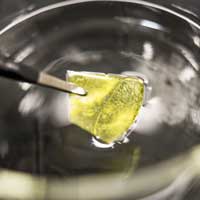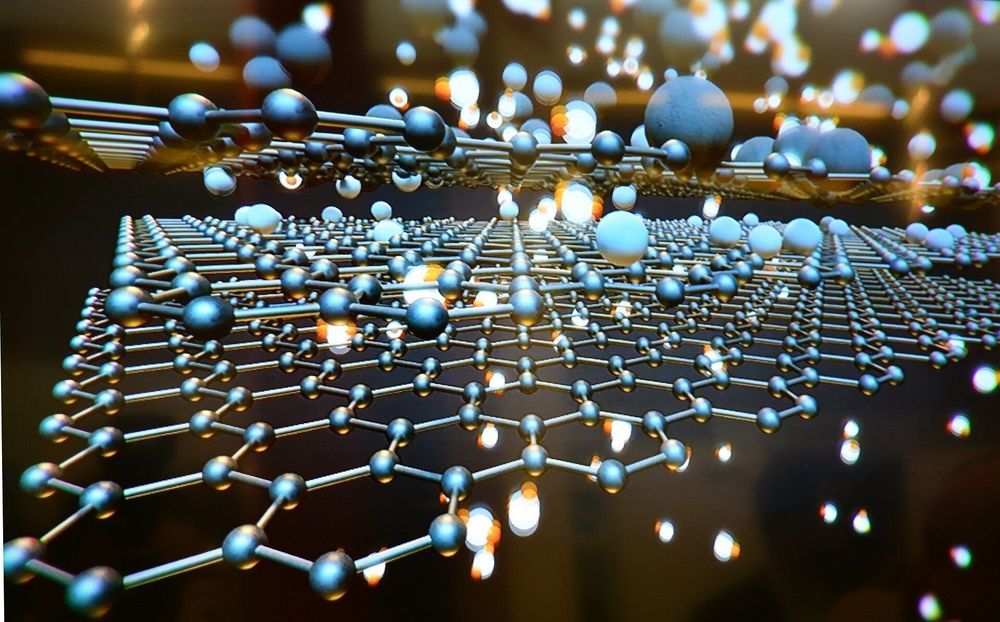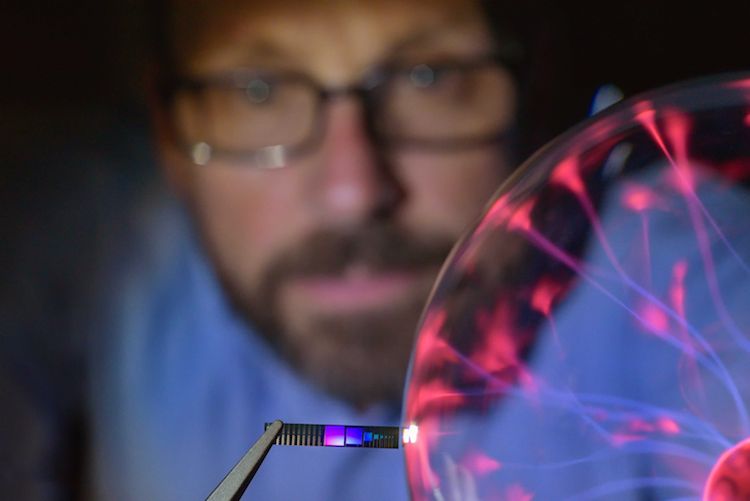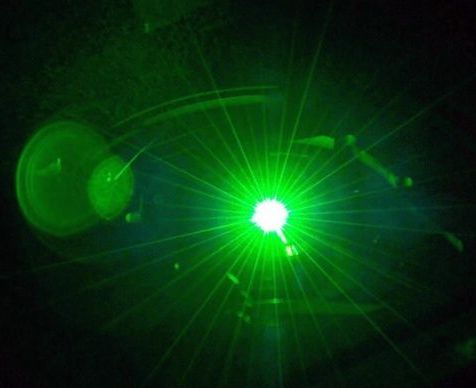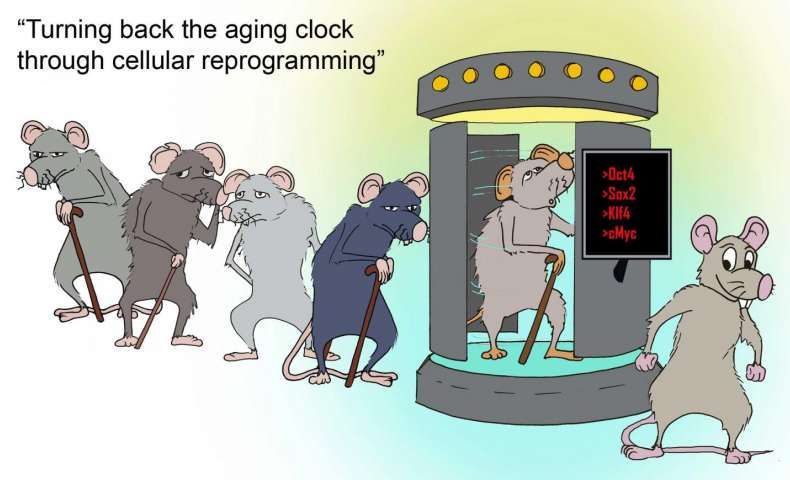Jun 11, 2020
Psilocybin Alters Brain Levels Of The Neurotransmitter Glutamate — And This Could Explain Why Users Experience “Ego Dissolution”
Posted by Xavier Rosseel in categories: biotech/medical, chemistry, health, neuroscience
Recent therapeutic trials of “classical” psychedelic drugs, such as psilocybin (from magic mushrooms) or LSD, have reported benefits to wellbeing, depression and anxiety. These effects seem to be linked to a sense of “ego dissolution” — a dissolving of the subjective boundaries between the self and the wider world. However, the neurochemistry behind this effect has been unclear. Now a new paper, published in Neuropsychopharmacology, suggests that changes in brain levels of the neurotransmitter glutamate are key to understanding reports of ego dissolution — and perhaps the therapeutic effects of psychedelics.
Natasha Mason at Maastricht University, the Netherlands, and colleagues recruited 60 participants for their study. All had taken a psychedelic drug before, but not in the three months prior to the study. Half received a placebo and the other half were given a low to moderate dose of psilocybin (0.17 mg/kg of body weight).
The team then used a technique called proton magnetic resonance spectroscopy (MRS) to look at concentrations of glutamate (as well as other neurochemicals) in the medial prefrontal cortex (mPFC) and the hippocampus — two regions that have been implicated as key to the psychedelic drug experience. The team also looked at patterns of “functional connectivity” within networks of brain regions, a measure of how closely correlated brain activity is across those regions. Six hours after taking the drug or placebo, the participants reported on their subjective experiences using two surveys: The 5 Dimensions of Altered States of Consciousness and the Ego Dissolution Inventory.


